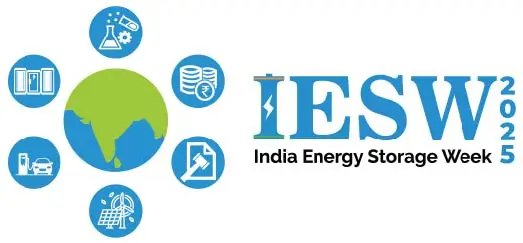India’s energy leaders and researchers are urging a shift beyond lithiumion technology, citing resource constraints and the need for longduration, scalable energy storage. The call to action was made during the India Energy Storage Week (IESW) 2025, held from July 8–11 in New Delhi.
Key Highlights
-
Lithiumion batteries dominate the EV and energy storage landscape due to high energy density and fast charging, but raw material scarcity poses longterm risks.
-
India recycles only 1% of its endoflife lithiumion batteries, raising environmental and supply chain concerns.
Emerging Alternatives
-
Vanadium Redox Flow Batteries (VRFB): Offer 25+ years of lifespan, scalable discharge from 4 to 14 hours, and 70% localization potential using recycled vanadium.
-
Sodiumion Batteries: Costeffective and temperatureresilient, ideal for stationary storage and grid balancing.
-
ZincAir Technology: Enables 10–24 hour storage cycles, supporting deeper discharge and renewable integration.
-
Liquid Air Energy Storage (LAES): A thermomechanical solution with zero critical minerals and 80% component sourcing already in India.
-
CO₂based CEAS Systems: Scalable to 1 GWh, now entering India via NTPC partnership.
Strategic Outlook
-
Experts emphasize the need for diversified storage to meet India’s 500 GW renewable energy target by 2030.
-
Alternative technologies are vital for grid stability, industrial loads, and clean mobility.
India’s battery future will be shaped by innovation, localization, and sustainability—moving beyond lithium is no longer optional, it’s inevitable.
Sources: Rediff Money, The Hindu Business Line, EVStory, Devdiscourse, India Energy Storage Alliance (IESA)

